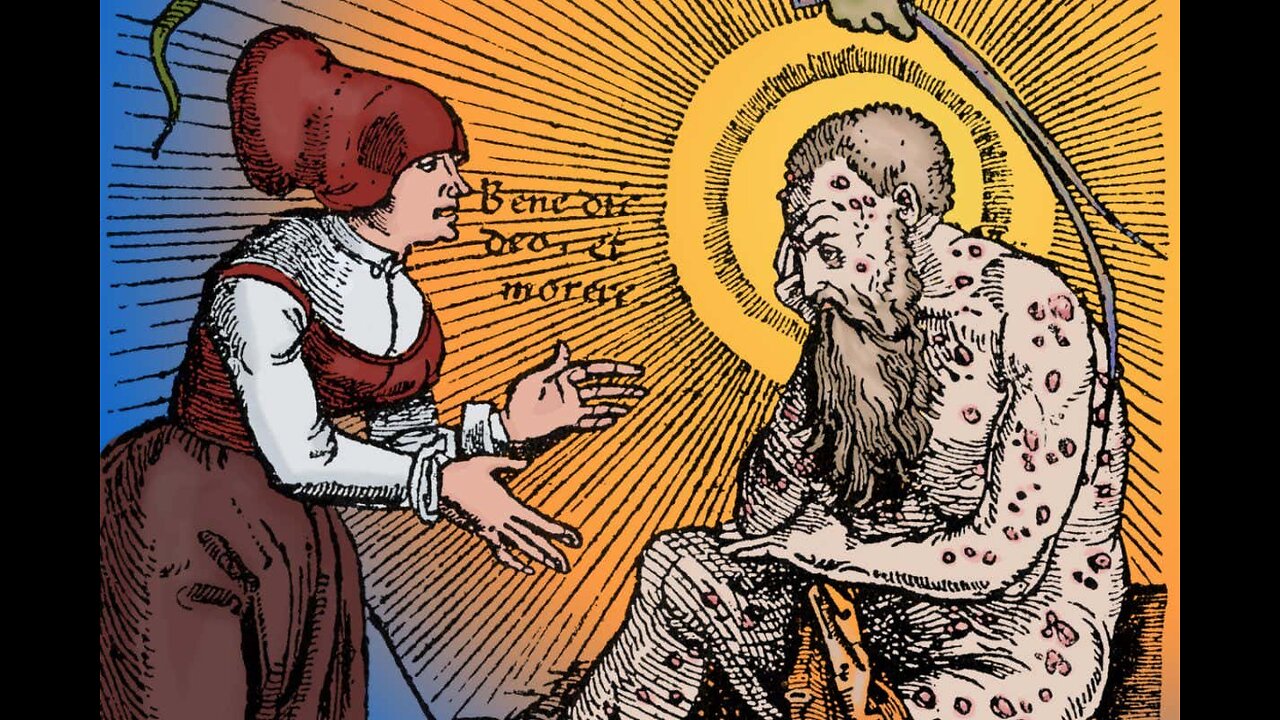Premium Only Content

The Black Death - How it ravaged Europe | Dark History
The Black Death - How it ravaged Europe | Dark History
Plague is one of the deadliest diseases in human history, second only to smallpox. A bacterial infection found mainly in rodents and associated fleas, plague readily leaps to humans in close contact. Plague outbreaks are the most notorious epidemics in history, inciting fears of plague’s use as a biological weapon.
Today, plague cases still pop up sporadically around the world—including in the United States or China, where a suspected case was recently reported in the Inner Mongolia region. But the disease is no longer as deadly as it can be treated with antibiotics when available.
Here’s what you need to know about the plague, including how it spreads, the difference between bubonic and pneumonic plague, the most infamous plague pandemics in history, and why it’s not all that unusual to see modern cases of the disease.For hundreds of years, what caused plague outbreaks remained mysterious, and shrouded in superstitions. But keen observations and advances in microscopes eventually helped unveil the true culprit. In 1894, Alexandre Yersin discovered the bacterium responsible for causing plague: Yersinia pestis.
Y. pestis is an extraordinarily virulent, rod-shaped bacterium. Y. pestis disables the immune system of its host by injecting toxins into defense cells, such as macrophages, that are tasked with detecting bacterial infections. Once these cells are knocked out, the bacteria can multiply unhindered.
Many small mammals act as hosts to the bacteria, including rats, mice, chipmunks, prairie dogs, rabbits, and squirrels. During an enzootic cycle, Y. pestis can circulate at low rates within populations of rodents, mostly undetected because it doesn’t produce an outbreak. When the bacteria pass to other species, during an epizootic cycle, humans face a greater risk for becoming infected with plague bacteria.
-
 1:04:09
1:04:09
MTNTOUGH Fitness Lab
1 day agoEpisode cover art John Eldredge: The Future of Christian Masculinity | MTNPOD #106
12K1 -
 15:56
15:56
China Uncensored
19 hours agoChina Is Heading for Zero Births
24.1K19 -
 13:27
13:27
TheRyanMcMillanShow
13 hours ago $0.60 earnedZoila Frausto Western Hunt Expo 2025
12.2K2 -
 9:13
9:13
RTT: Guns & Gear
1 day ago $1.20 earnedThe ZRO Delta FKS-9 Is A Big ZERO
16.7K3 -
 3:52:05
3:52:05
Akademiks
10 hours agoDay 3/30. Drake Drops lawsuit vs iHeartMedia? Offset and Cardi Calls it Quits. 50 v Jim Jones?
92.9K9 -
 2:51:55
2:51:55
TimcastIRL
14 hours agoTrump Just FROZE ALL Ukraine Aid After Zelenskyy SCREWED Negotiations w/Viva Frei | Timcast IRL
264K95 -
 9:54:54
9:54:54
Dr Disrespect
22 hours ago🔴LIVE - DR DISRESPECT - PUBG - 5 CHICKEN DINNERS CHALLENGE!
261K28 -
 1:58:28
1:58:28
Kim Iversen
16 hours agoSHOCKED! BETRAYED! RFK Jr. FLIPS on Measles Vaccine? | NATO Trap: Europe Could Drag The US to WW3
154K263 -
 18:37
18:37
Clownfish TV
14 hours agoThe Oscars Just EMBARASSED Disney and Emilia Pérez...
103K36 -
 56:28
56:28
Glenn Greenwald
16 hours agoDocumentary Exposing Repression in West Bank Wins at Oscars; Free Speech Lawyer Jenin Younes on Double Standards for Israel's Critics | SYSTEM UPDATE #416
141K115